Table of Contents
Introduction
When you need a ginger substitute, the top 5 options are turmeric, cinnamon, cardamom, star anise, and allspice. According to the American Culinary Federation, these spices provide the closest flavor profiles for different culinary applications with precise measurement ratios. Here's exactly how to use each one in various recipes.
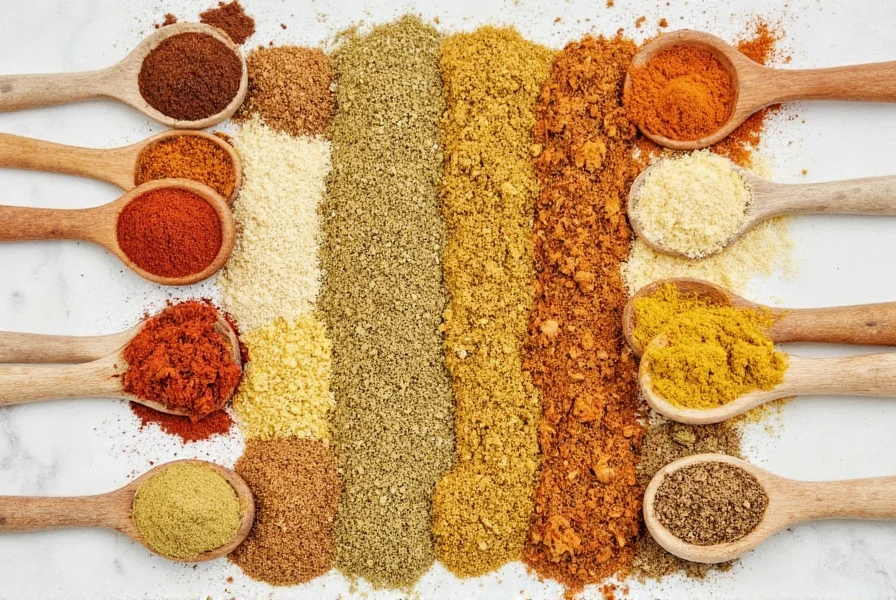
Top 5 Ginger Substitutes with Exact Ratios
For immediate substitution needs, these are the most reliable alternatives with specific measurement guidelines:
1. Turmeric
Best for savory dishes like curries, soups, and rice. Turmeric provides earthy warmth but lacks ginger's sharpness. Use 1:1 ratio for ground turmeric. For fresh ginger substitution, use 1/2 teaspoon turmeric per 1 tablespoon fresh ginger. Note: Turmeric will add vibrant yellow color to dishes.
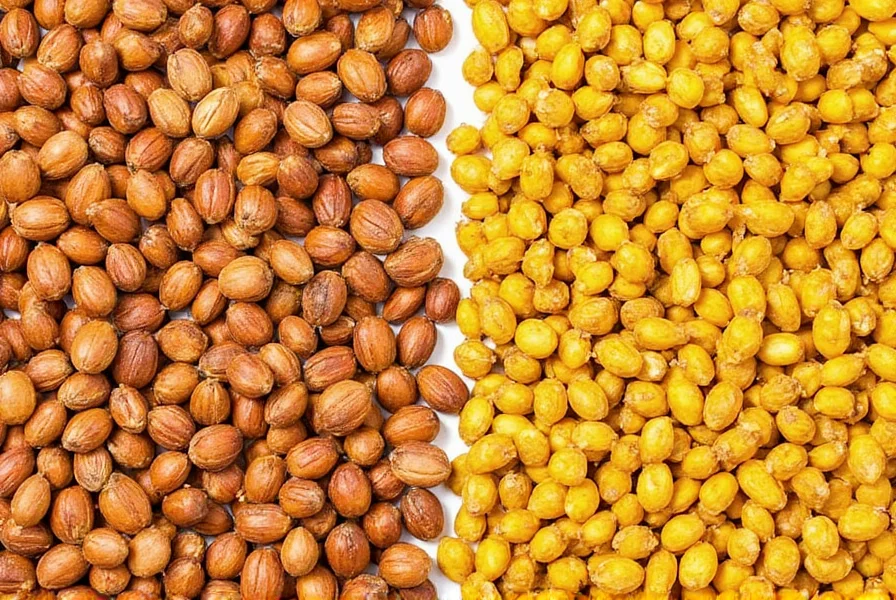
2. Cinnamon
Ideal for sweet applications like baked goods and desserts. Cinnamon offers warm sweetness but is less spicy than ginger. Use 1/2 teaspoon cinnamon per 1 teaspoon ground ginger. For fresh ginger, use 1/4 teaspoon cinnamon per 1 tablespoon fresh ginger. Add a pinch of black pepper to enhance warmth.
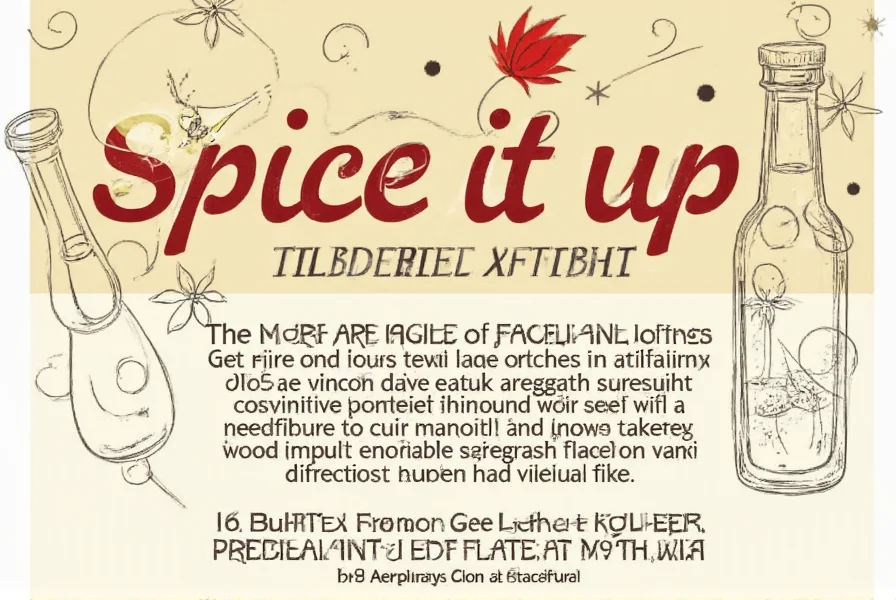
3. Cardamom
Perfect for teas, chai, and Middle Eastern dishes. Cardamom provides complex floral notes with mild sweetness. Use 1/4 teaspoon cardamom per 1 teaspoon ground ginger. For fresh ginger, use 1/2 teaspoon ground cardamom per 1 tablespoon fresh ginger. Crush pods before use for maximum flavor release.
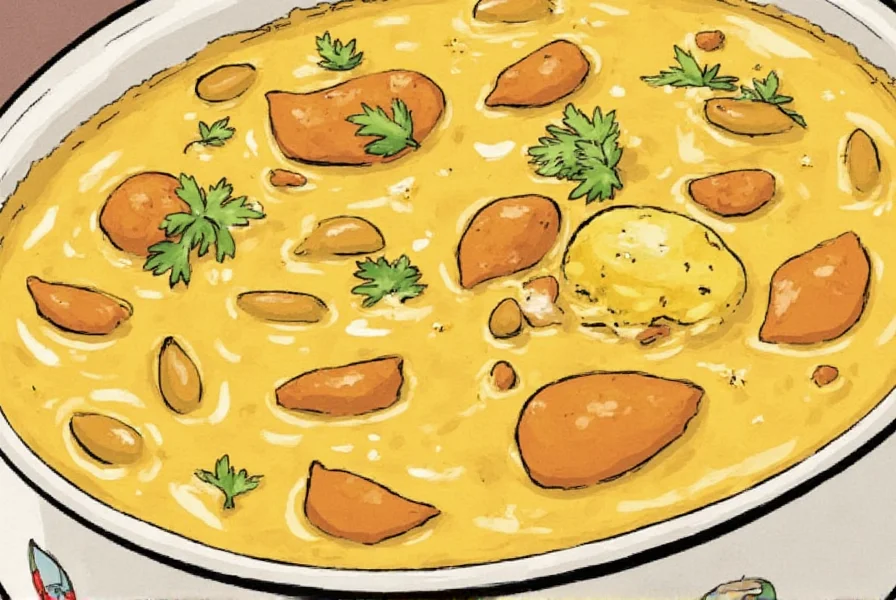
4. Star Anise
Best for Asian broths, stews, and sauces. Star anise has licorice-like flavor with strong aroma. Use 1 star anise pod (crushed) per 1 teaspoon ground ginger. For fresh ginger, use 1/2 star anise pod per 1 tablespoon fresh ginger. Remove pods before serving as they're too hard to eat.
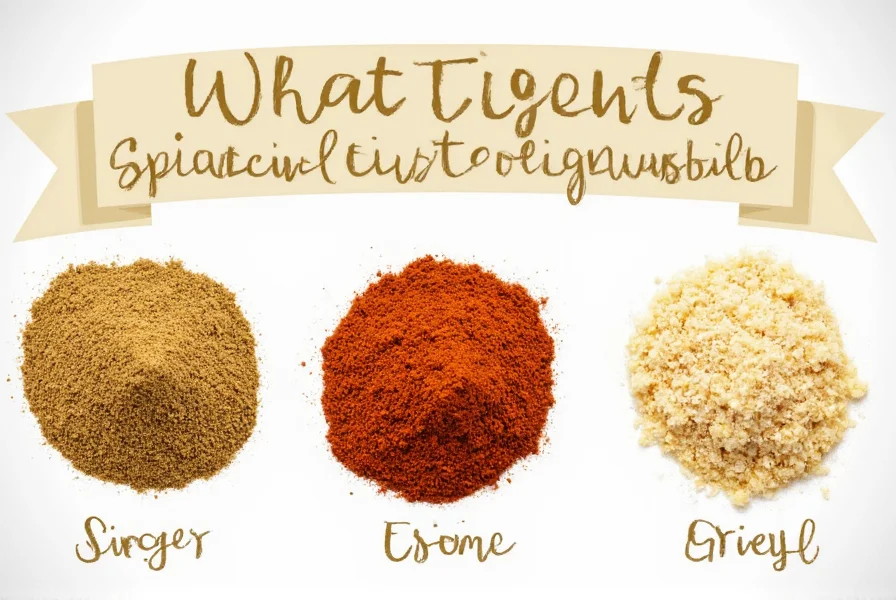
5. Allspice
Excellent for baking, marinades, and meat dishes. Allspice combines notes of cinnamon, cloves, and nutmeg. Use 1:1 ratio for ground allspice to ground ginger. For fresh ginger, use 1/2 teaspoon allspice per 1 tablespoon fresh ginger. Add a pinch of nutmeg for enhanced depth in baked goods.
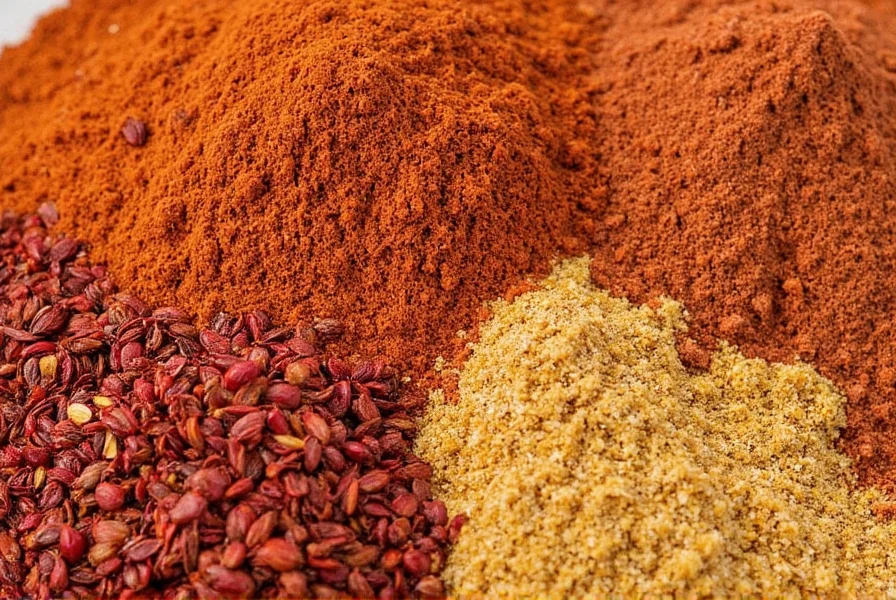
| Substitute | Best For | Substitution Ratio | Flavor Notes | Recipe Examples |
|---|---|---|---|---|
| Turmeric | Savory dishes, curries, soups | 1:1 ground, 1/2 tsp per tbsp fresh | Earthy, slightly bitter, vibrant yellow color | Indian curries, rice dishes, vegetable stews |
| Cinnamon | Baked goods, desserts, teas | 1/2 tsp per tsp ground, 1/4 tsp per tbsp fresh | Warm, sweet, aromatic | Gingerbread, spice cakes, apple pie, chai tea |
| Cardamom | Teas, Middle Eastern dishes, baked goods | 1/4 tsp per tsp ground, 1/2 tsp per tbsp fresh | Fragrant, complex, slightly sweet | Chai tea, baklava, lentil stews, coffee |
| Star Anise | Asian broths, sauces, braised meats | 1 pod per tsp ground, 1/2 pod per tbsp fresh | Strong licorice, pungent aroma | Braised pork, pho broth, mulled wine, spice blends |
| Allspice | Baking, marinades, meat dishes | 1:1 ratio | Warm, pungent, notes of cinnamon and cloves | Gingerbread, meat rubs, pumpkin pie, barbecue sauces |
Substitution Tips for Different Recipes
For optimal results in specific culinary applications:
- Stir-fries: Use 1/2 teaspoon turmeric + 1/4 teaspoon allspice per tablespoon fresh ginger. Add a pinch of black pepper to enhance bioavailability of turmeric.
- Teas and Beverages: For every 1/2 inch fresh ginger, use 1 cinnamon stick + 1 star anise pod simmered for 5 minutes. Cardamom pods (lightly crushed) work beautifully for chai-style drinks.
- Baking: For gingerbread or spice cakes, use equal parts allspice to replace ground ginger. Add 1/4 teaspoon nutmeg for enhanced depth without overpowering.
- Marinades: Combine equal parts allspice and cardamom for meat marinades. For chicken or pork, add 1/2 teaspoon paprika for smoky complexity.
- Sensitive Palates: Use turmeric (1/2 tsp per tbsp ginger) for mild warmth without significant heat. Toasted caraway seeds (1/4 tsp per tbsp ginger) provide earthy depth with subtle warmth.
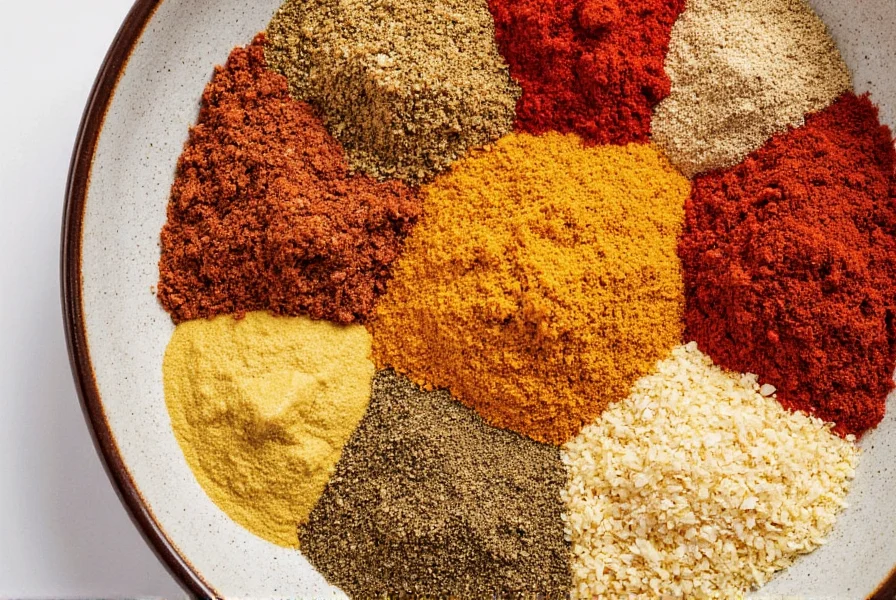
Buying Guide: Choosing the Right Substitute
When selecting ginger alternatives, consider these factors:
- Quality Check: Choose spices with vibrant color and strong aroma. Avoid powders that appear dull or have little scent.
- Form: For best flavor, buy whole spices and grind them fresh. Pre-ground spices lose potency within 6 months.
- Storage: Store spices in airtight containers away from light and heat. Properly stored spices maintain potency for 1-2 years.
- Special Considerations: For turmeric, look for high-curcumin varieties (minimum 3% curcumin). For cardamom, choose green pods with intact husks.
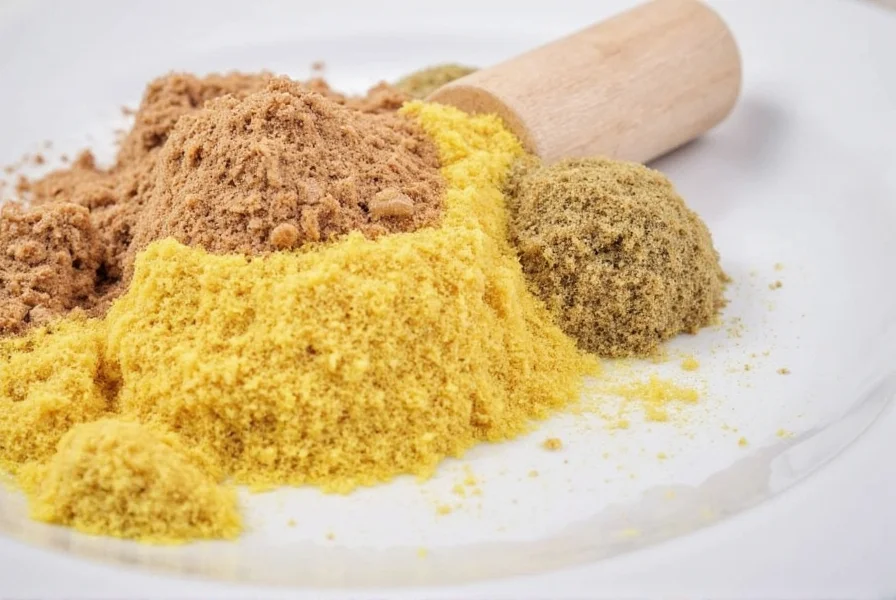
Frequently Asked Questions
What's the closest substitute for fresh ginger in savory dishes?
Ground turmeric provides the closest earthy warmth for savory applications like stir-fries and curries. Use 1/2 teaspoon of ground turmeric for every tablespoon of fresh ginger. For a more complex profile, combine 1/4 teaspoon cardamom with 1/4 teaspoon allspice to mimic ginger's heat and floral notes.
Can I use ground ginger instead of fresh ginger as a substitute?
Yes, but adjust ratios carefully. Use 1/4 teaspoon of ground ginger for every tablespoon of fresh ginger required. Ground ginger has more concentrated flavor but lacks the bright, zesty quality of fresh. Always add ground ginger earlier in cooking to allow flavors to mellow.
Which ginger substitute works best in baking?
Allspice is ideal for baked goods as it combines ginger's warmth with complementary notes of cinnamon and nutmeg. Use equal parts allspice to replace ground ginger. For gingerbread or spice cakes, add a pinch of cloves to enhance depth without overpowering the recipe.
Are there any ginger substitutes for people with spice sensitivities?
Turmeric offers mild warmth without significant heat, making it suitable for sensitive palates. For minimal spice impact, use toasted caraway seeds (1/4 teaspoon per tablespoon of ginger) which provide earthy depth with subtle warmth. Always start with half the recommended amount and adjust to taste.
How do I substitute ginger in tea or beverages?
Fresh lemon verbena leaves or a combination of cinnamon sticks with star anise work beautifully. For every 1/2 inch of fresh ginger, use one 2-inch cinnamon stick plus one star anise pod simmered for 5 minutes. Cardamom pods (lightly crushed) also provide aromatic warmth perfect for chai-style drinks.
Can I combine multiple substitutes for better results?
Absolutely. For stir-fries, blend 1/4 teaspoon turmeric with a pinch of black pepper. In marinades, combine equal parts allspice and cardamom. For baking, mix 1/2 teaspoon cinnamon with 1/4 teaspoon allspice per teaspoon of ginger required. Always taste and adjust before finalizing your recipe.
What's the best ginger substitute for curry dishes?
Turmeric is the primary substitute for curry dishes, providing the characteristic yellow color and earthy base. Use 1/2 teaspoon turmeric per tablespoon of fresh ginger required. Add 1/4 teaspoon cumin and a pinch of coriander for authentic flavor complexity.
How do I substitute ginger in smoothies?
For smoothies, use 1/4 teaspoon ground cardamom or 1/2 teaspoon fresh turmeric per tablespoon of fresh ginger. Add a squeeze of lemon juice to brighten the flavor and balance the earthiness. For sweeter smoothies, use 1/4 teaspoon cinnamon.

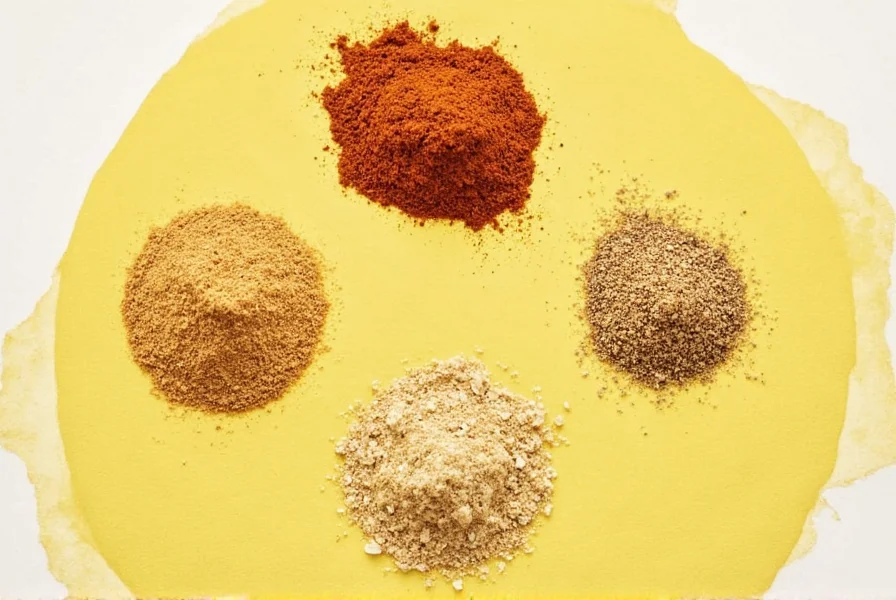









 浙公网安备
33010002000092号
浙公网安备
33010002000092号 浙B2-20120091-4
浙B2-20120091-4